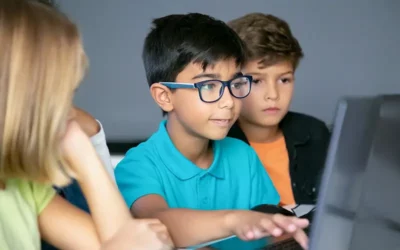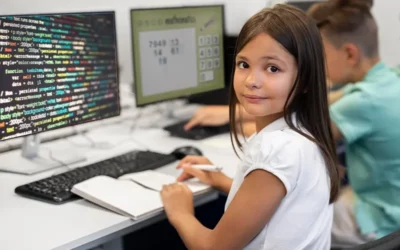Discovering fun and engaging opposite words can be an exciting adventure for kids. Exploring the world of opposites not only expands their vocabulary but also enhances their understanding of language and concepts.
Table of contents
Introduction

Teaching opposite words for kids not only enriches their vocabulary but also enhances their comprehension of language concepts. Exploring pairs like “hot” and “cold,” “big” and “small,” or “happy” and “sad” engages their cognitive skills in a fun and meaningful way. Learning opposite words is an important part of early childhood development. It helps children to develop their vocabulary, language skills, and critical thinking abilities.
The Importance of Building Vocabulary and Language Skills
A strong vocabulary is essential for success in school and in life. Children with a large vocabulary are better able to understand what they read, write, and hear. They are also better able to communicate their thoughts and ideas clearly.
Language skills include the ability to speak, listen, read, and write. These skills are all interrelated, and they all play an important role in communication. Children who are able to use language effectively are better able to interact with others, learn new information, and solve problems.
Children’s language development is a complex process that involves acquiring communication skills, vocabulary, grammar, and the ability to express thoughts and emotions, paving the way for effective expression and meaningful interaction as they grow.
Utilizing mindfulness worksheets for kids can contribute to building vocabulary and language skills by encouraging focused attention on words and their meanings, fostering a deeper connection to language learning.
The Benefits of Learning Opposite Words
Learning opposite words has many benefits for children. It helps them to:
- Develop a more sophisticated understanding of the world around them.
- Improve their ability to compare and contrast things.
- Increase their creativity and problem-solving skills.
- Better understand the nuances of language.
What Are Opposite Words?
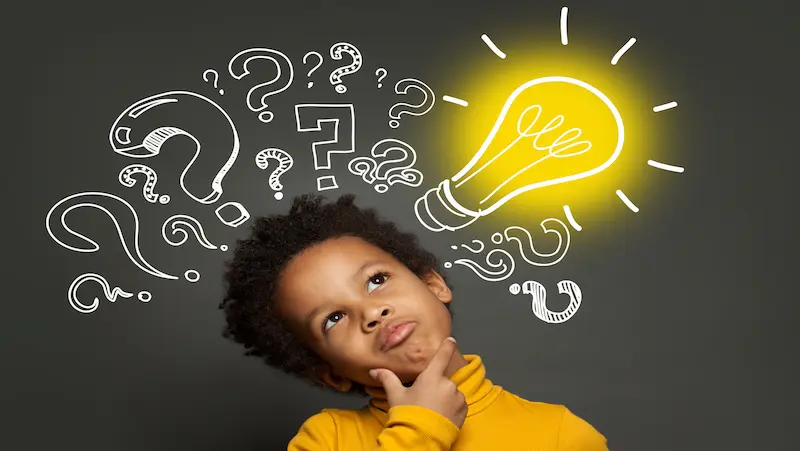
Opposite words, also known as antonyms, are words that have the opposite meaning of another word. For example, the word “big” is the opposite of the word “small.” Opposite words can be used to add variety and emphasis to your writing and speech. They can also help you to better understand the meaning of words.
Types of Opposite Words
There are two main types of opposite words: complete opposites and near opposites. Complete opposites are words that have the exact opposite meaning of another word. For example, the words “hot” and “cold” are complete opposites. Near opposites are words that have a similar but not identical meaning to another word. For example, the words “big” and “large” are near opposites.
How to Use Opposite Words
Opposite words can be used in a variety of ways to improve your writing and speech. Here are a few examples:
- To add variety: Using opposite words can help you to add variety to your writing and speech. This can make your writing and speech more interesting and engaging for your reader or listener.
- To create emphasis: Opposite words can also be used to create emphasis. For example, you could say “The room was absolutely empty,” to emphasize the fact that there was no one in the room.
- To clarify meaning: Opposite words can also be used to clarify the meaning of a word. For example, you could say “The water was hot, not cold,” to clarify that the water was not cold.
How Opposite Words Can Help Improve Comprehension and Communication Skills
Opposite words can help improve comprehension and communication skills in a number of ways. Here are a few examples:
- They can help you to better understand the meaning of words. When you learn opposite words, you are also learning more about the meaning of the words themselves. This can help you to better understand what you are reading and writing.
- They can help you to communicate more effectively. When you use opposite words, you can more clearly express your ideas and thoughts. This can help you to communicate more effectively with others.
- They can help you to develop a more sophisticated vocabulary. Learning opposite words can help you to expand your vocabulary and become a more sophisticated writer and speaker.
Why Are Opposite Words Important for Kids?
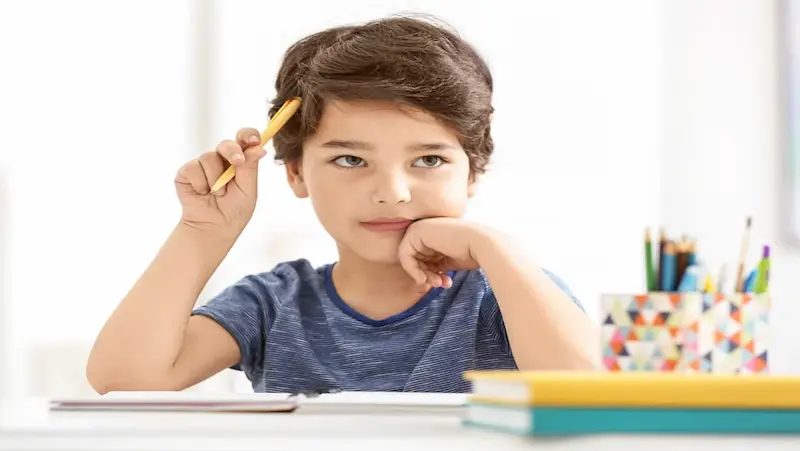
Opposite words are pairs of words that have opposite meanings. They are an important part of a child’s vocabulary development. Learning opposite words can help children to:
- Enhance their vocabulary
- Understand relationships and concepts
- Expand their critical thinking skills
Enhancing Vocabulary
Learning opposite words is a great way to help children to expand their vocabulary. When children learn opposite words, they are exposed to new and different concepts. This can help them to better understand the world around them and to communicate more effectively.
For example, if a child learns the opposite words “big” and “small,” they can now use these words to describe a wide variety of objects. They can say that a house is big, a car is small, and a tree is somewhere in between. This gives them a much richer understanding of the world around them.
Understanding Relationships and Concepts
In addition to enhancing vocabulary, learning opposite words can also help children to understand relationships and concepts. For example, if a child learns the opposite words “up” and “down,” they can now understand the concept of height. They can say that a bird is flying up, a ball is rolling down, and a tree is tall. This helps them to make sense of the world around them and to develop a deeper understanding of different concepts.
Expanding Critical Thinking Skills
Finally, learning opposite words can also help children to expand their critical thinking skills. When children learn to compare and contrast different concepts, they are developing their ability to think critically. This is an important skill that will help them to succeed in school and in life.
For example, if a child learns the opposite words “hot” and “cold,” they can now use these words to compare different temperatures. They can say that a cup of coffee is hot, a glass of water is cold, and the weather outside is somewhere in between. This helps them to develop their critical thinking skills and to better understand the world around them.
Engaging Ways to Teach Opposite Words to Kids
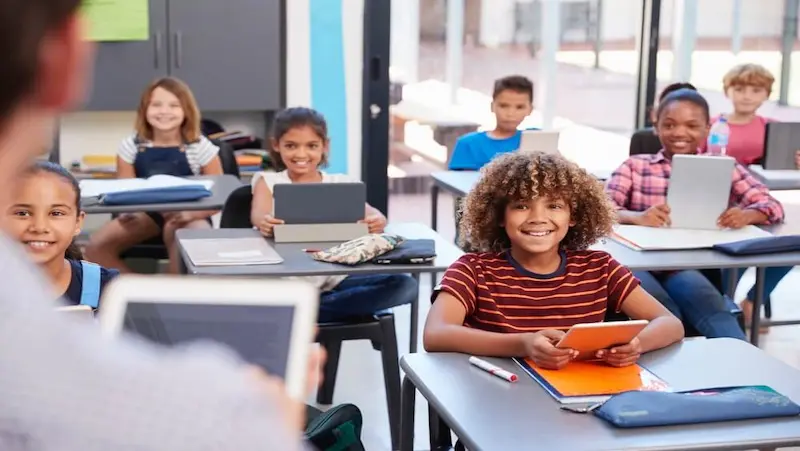
Here are some engaging ways to teach opposite words to kids:
Word pairs matching game
This is a fun and simple game that can help kids learn opposite words. Make a set of word pairs by writing two opposite words on each card. For example, you could make a card with the words “big” and “small” on it. Then, spread the cards out face down on a table or the floor. Have your child flip over two cards at a time and try to find a pair of opposite words. If they find a pair, they get to keep the cards. The player with the most cards at the end of the game wins.
Picture-based exercises
Another way to teach opposite words is to use pictures. Find pictures of opposites, such as a picture of a cat and a picture of a dog, or a picture of a hot dog and a picture of a cold pizza. Then, have your child match the pictures to the opposite words. You can also cut out pictures from magazines or newspapers and use them for this activity.
Opposite words flashcards
Opposite words flashcards are a great way for kids to learn opposite words. You can make your own flashcards or buy them from a store. When using flashcards, show your child the word on one side of the card and ask them to say the opposite word. You can also have them draw a picture of the opposite word.
Storytelling with opposite words
Storytelling is a fun and creative way to teach opposite words. Make up a story that uses opposite words. For example, you could make up a story about a big dog who meets a small cat. The dog and the cat become friends and have lots of adventures together. As you’re telling the story, point out the opposite words to your child.
Opposite words in everyday conversations
The best way for kids to learn opposite words is to hear them used in everyday conversations. When you’re talking to your child, point out opposite words. For example, you could say, “The sun is shining outside, but it’s cold today.” This will help your child start to think about opposites and how they’re used in the real world.
These are just a few ideas for teaching opposite words to kids. There are many other ways to do this, so get creative and have fun!
Here are some additional tips for teaching opposite words to kids:
- Start with simple opposites, such as big/small, hot/cold, and up/down.
- Use real-world objects to help kids understand the meaning of opposite words. For example, show them a big ball and a small ball.
- Make it fun! Use games, songs, and activities to make learning opposite words enjoyable.
- Be patient. It may take some time for kids to master the concept of opposites.
With a little patience and creativity, you can help your child learn opposite words and expand their vocabulary.
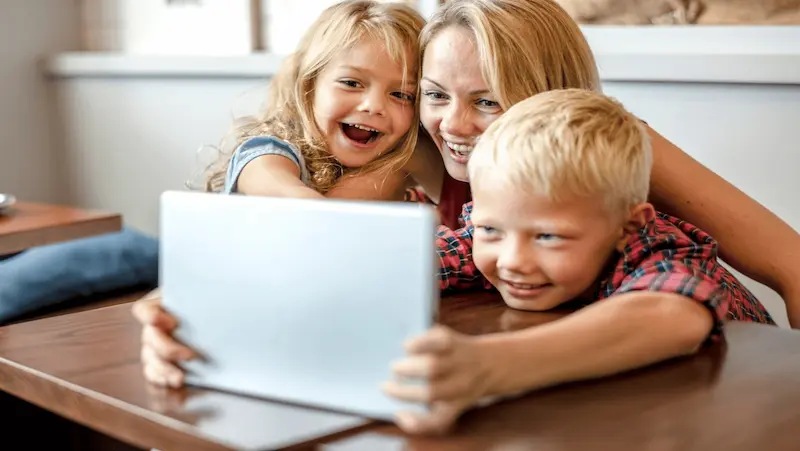
Opposite Words Examples for Kids
Here is a list of common opposite word pairs, categorized by themes:
Animals
- Big – Small
- Fast – Slow
- Dangerous – Safe
- Wild – Domesticated
- Predator-Prey
Colors
- Black – White
- Red – Green
- Blue – Yellow
- Brown – Pink
- Purple – Orange
Emotions
- Happy – Sad
- Angry – Calm
- Scared – Confident
- Bored – Excited
- Tired – Energetic
Food
- Sweet – Salty
- Spicy – Mild
- Hot – Cold
- Tasty – Tasteless
- Fresh – Stale
Places
- Inside – Outside
- Up – Down
- Near – Far
- Front – Back
- Left – Right
Time
- Morning – Night
- Yesterday – Today – Tomorrow
- Early – Late
- Fast – Slow
- Long – Short
Other
- Open – Closed
- On – Off
- Up – Down
- Big – Small
- Many – Few
These are just a few examples of common opposite word pairs. There are many more, and you can come up with your own as well. Learning opposite words can help kids improve their vocabulary and understanding of the world around them. It can also be a fun and challenging activity.
Fun Opposite Words Games and Activities

Here are some fun opposite words games and activities that parents can use to make learning opposite words enjoyable for their kids:
- Opposites Bingo
This is a fun and easy game that can be played with a group of children. To play, make a bingo card with opposite words written on it. Then, draw a picture or write a word on a piece of paper for each opposite word. Have the children take turns calling out the opposite words, and the first child to get five in a row wins!
- Opposites Charades
This is a classic game that can be adapted to teach opposite words. To play, divide the children into two teams. One team chooses an opposite word and acts it out, while the other team tries to guess the word. The team with the most correct guesses wins!
- Opposites Memory
This is a fun game that helps children learn opposite words in a visual way. To play, make a set of opposite word pairs. Then, turn the cards over and have the children take turns flipping two cards over at a time. If the two cards have opposite words, the child keeps the cards. The child with the most cards at the end of the game wins!
- Opposites Scavenger Hunt
This is a fun and active game that gets children moving. To play, hide opposite words around the house or yard. Then, give the children a list of the words to find. The first child to find all of the words wins!
- Opposites Puzzles
There are many different opposites puzzles available online and in stores. These puzzles are a great way for children to learn opposite words while having fun.
- Opposites Songs
There are many different songs that teach opposite words. These songs are a great way for children to learn opposite words while having fun and singing along.
- Opposites Books
There are many different books that teach opposite words. These books are a great way for children to learn opposite words while being read to.
- Opposites Websites
There are many different websites that teach opposite words. These websites are a great way for children to learn opposite words while playing games, watching videos, and doing other interactive activities.
Learning opposite words can be a fun and rewarding experience for children. By using these fun games and activities, parents can help their children learn opposite words while having fun.
Conclusion
In conclusion, introducing children to the world of opposite words can be an incredibly fun and engaging learning experience. By providing them with a variety of activities, games, and resources, we can help expand their vocabulary, enhance their cognitive skills, and foster a deeper understanding of language. The use of opposite words not only adds depth to their communication abilities but also promotes critical thinking, problem-solving, and creativity.
So let’s embark on this exciting journey of discovering and exploring opposite words with our children, sparking their curiosity and igniting their love for learning in the process. With the right tools and a playful approach, we can make language learning a delightful adventure for kids, enabling them to express themselves with confidence and precision as they navigate the world around them.
Check out finance for kids and money lessons for kids.
Join the revolution in education with Brightchamps. Our courses in robotics, coding, and financial literacy empower kids to become confident and capable learners.
Frequently Asked Questions
You can start teaching opposite words to your child as early as the toddler years when their vocabulary begins to develop and they show an interest in language.
Repetition and visual aids like flashcards can help children remember opposite words. Using context, storytelling, and incorporating games or activities can also be effective strategies.
Incorporate opposite words into daily conversations and activities, such as during mealtime, playtime, or bedtime. Make it fun by using word puzzles, riddles, or word association games.
Online resources like educational websites (e.g., ABCmouse, PBS Kids) and apps (e.g., Duolingo, Endless Alphabet) provide interactive and engaging content to teach opposite words. Choose age-appropriate options for your child.

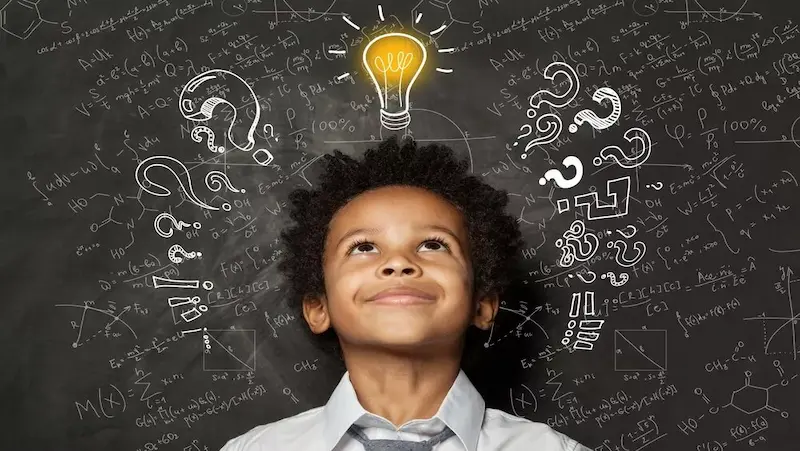
 We are an army of educators and passionate learners from BrightChamps family, committed to providing free learning resources to kids, parents & students.
We are an army of educators and passionate learners from BrightChamps family, committed to providing free learning resources to kids, parents & students.










